Redesigning the spoon for shaky hands
For the past year, Glasgow-based product design consultancy 4c Design has worked with Grant Douglas, who has cerebral palsy, to create a spoon that can ‘transform mealtimes for people with shaky hands’.
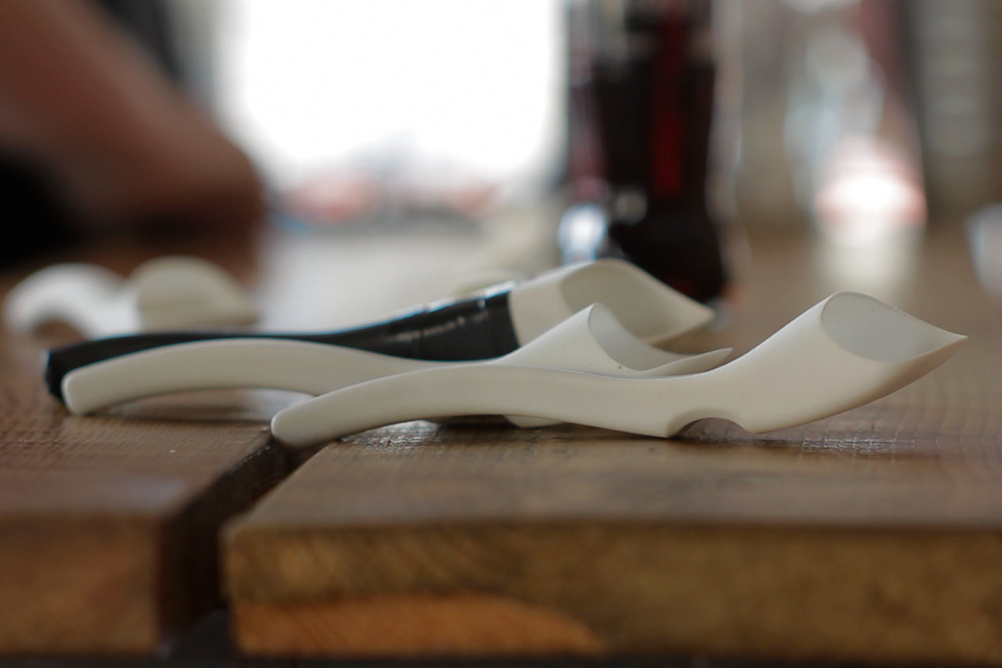
Cerebral palsy affects people’s movement and co-ordination, and can make some foods difficult to eat. This frustration is shared by people with other conditions such as Parkinson’s or essential tremor.
In a bid to tackle these problems, 4c has created the S’up Spoon. The spoon features a deeper cavity that allows it to hold food more securely. A high arch in the grip means it can be picked up from the table more easily, while a concave dip in the top improves grip. The spoon is injection-moulded in smooth plastic.
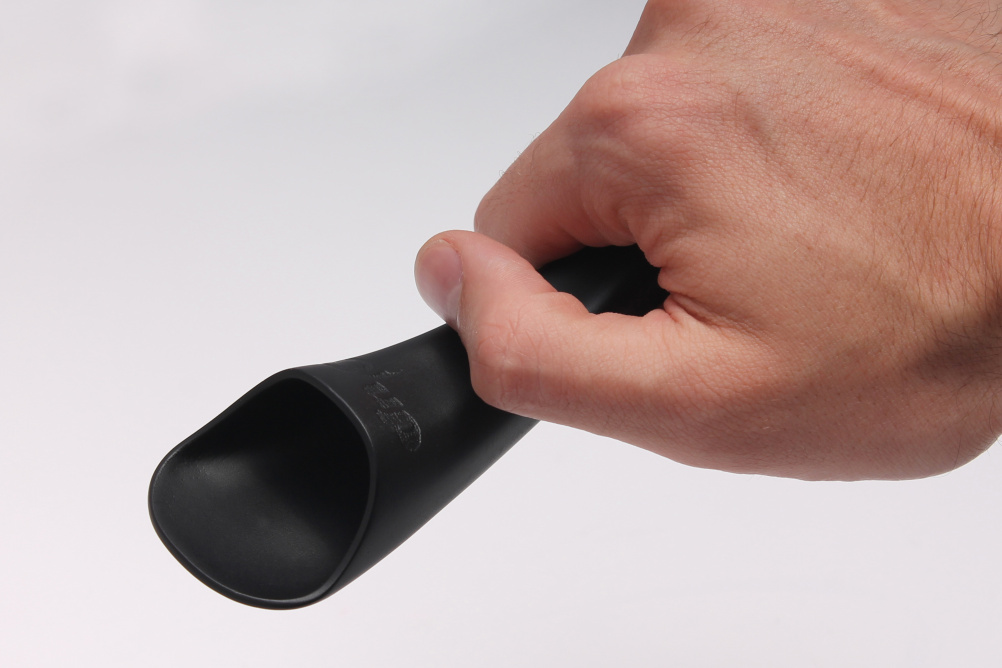
The spoon can be used to scoop food, before being moved into an upright position and tipped into the user’s mouth.
Douglas says, ‘Eating in a restaurant would just be unthinkable before. This is a major breakthrough. I can eat Chinese with two portions of rice as well as ice-cream totally independently and with very little spillage.
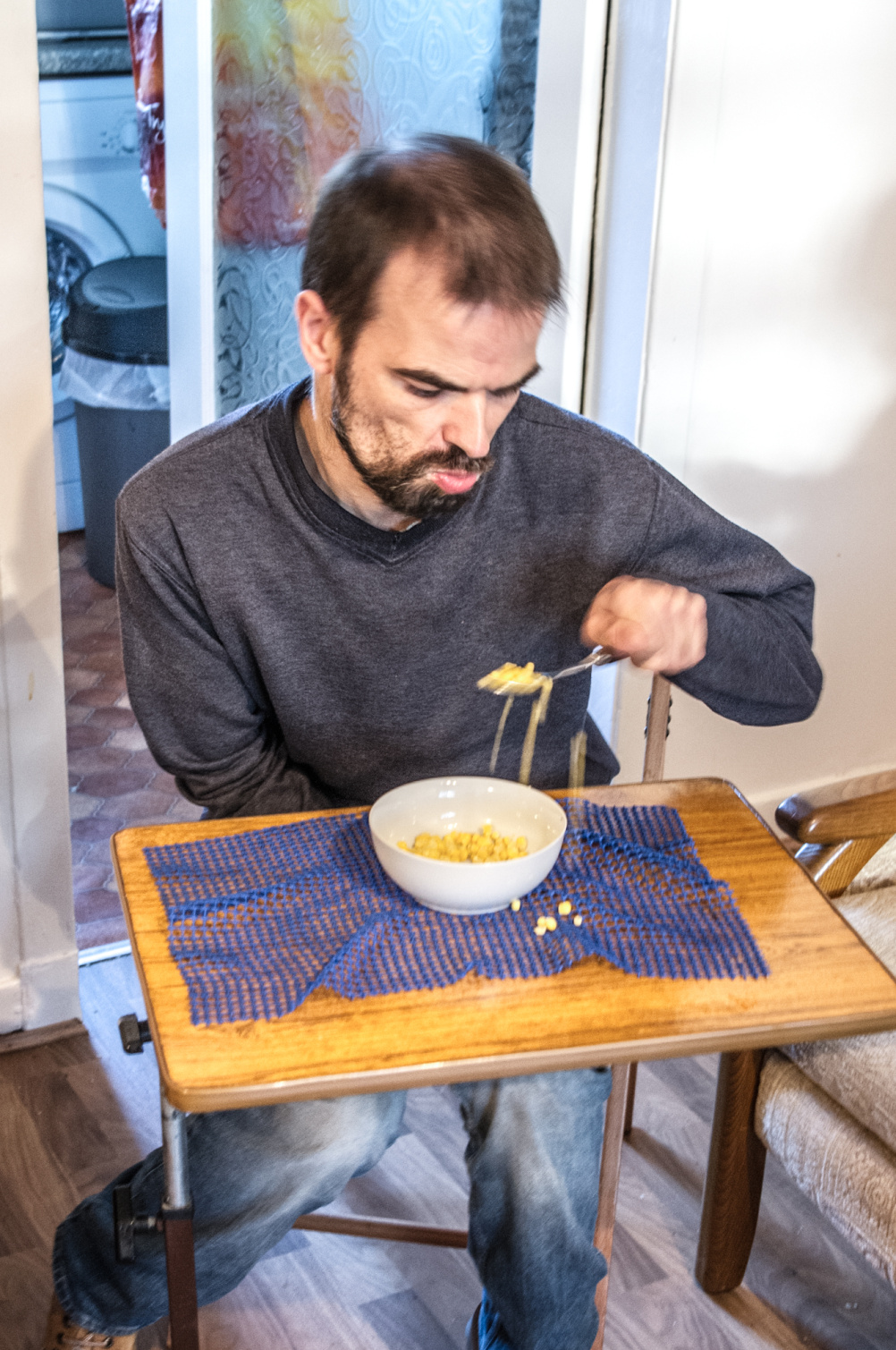
‘It could increase the independence and choice of many people who have unwanted hand or arm movements, including myself.’
The S’up spoon began at 4c as an intern project for industrial designer Mark Penver, who has since joined the team.
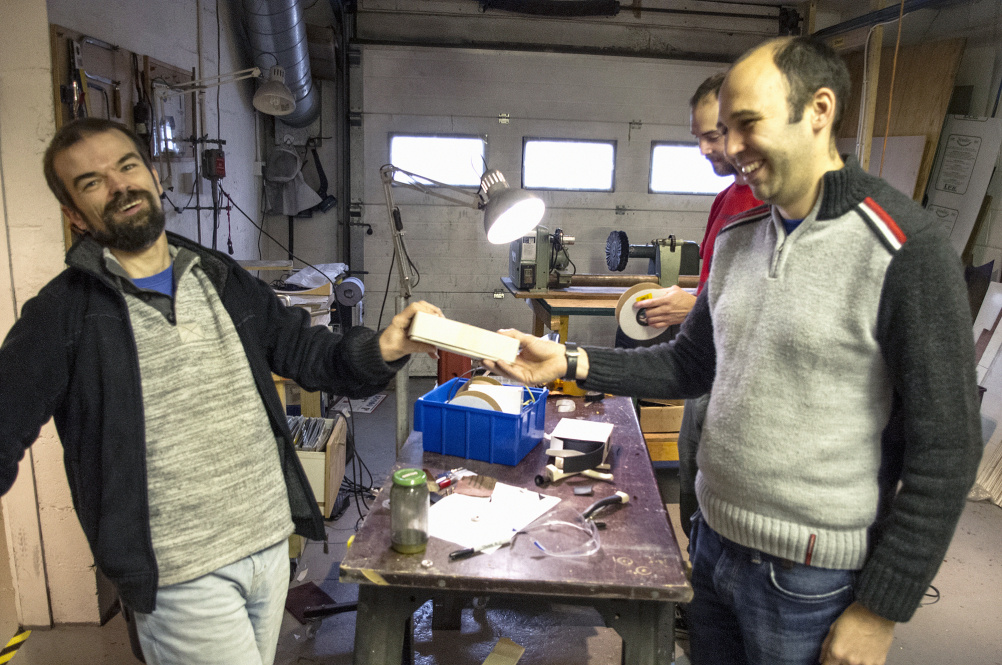
Penver says, ‘Grant gave us a lot of direction working on the spoon. It was important to balance the function with long-term durability and inclusivity. We wanted to create a product that allowed Grant to expand his diet, both at home and when eating out with friends.’
The S’up Spoon team has now launched a Kickstarter appeal to raise funds to take the spoon into mass production. If they can raise £33,000, they plan to distribute the spoons before Christmas.

You can find out more and visit the S’up Kickstarter here
——————————————
Grant Douglas gives his perspective on designing the S’up spoon:
‘I can’t stand people who just moan, moan, moan; I have never moaned about having cerebral palsy. The only time that I complain is when people patronise me or treat me like I’m 4 when I’m actually 40 or being treated worse simply because I’m disabled. Don’t get me wrong, living in a world which has been designed for non-disabled people is not always easy; on the other hand, it can have its benefits, like jumping queues at airports and big amusement parks, getting front row seats at the Commonwealth Games and parking close to entrances of shops whilst people are being soaked in the rain.
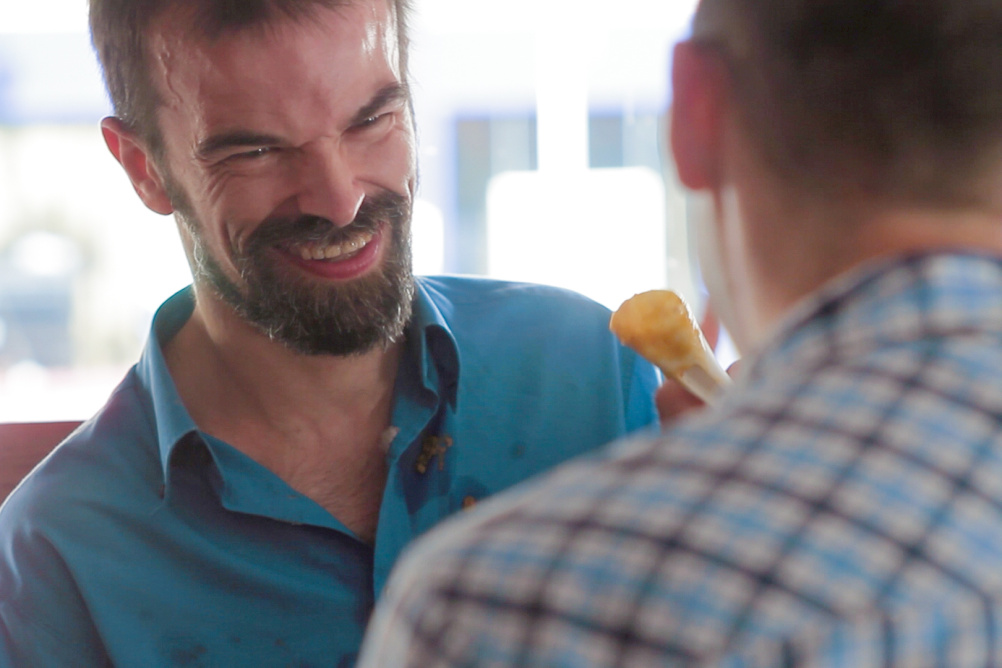
Having said I’m irritated by people who moan, you might, justifiably, want to ask the question, ‘How do you cope when your impairment does stop you doing things?’ Well, my approach is two-fold: a) is there a way of doing it a bit differently to get the same result? b) could I design something that would enable me to do it? Fortunately, I love solving problems and am very determined to live life to the full, if someone says, ‘you’ll never do that,’ well, that’s like showing a red rag to a bull!
Having a combination of ataxic and athetoid cerebral palsy has affected my hand control, speech and walking pattern since birth. Apart from people’s attitudes, one of my biggest challenges has been eating, especially with a spoon; I have extremely limited use of my right hand and the level of control over my left hand is nothing like what non-disabled people have. I can manage to get whatever I want on to a spoon but by the time I get the spoon to my mouth the food is either on the floor, table, wall – anywhere apart from on the spoon. I can just about manage things like ice-cream or moist cake as they ‘stick’ to the spoon, but cereals, soups, peas and corn are literally impossible, especially when eating out. This has limited my choice in restaurants, prevented me from eating certain things at home or relying on others to ‘feed me’. I hate being fed as you have little or no choice in what order you eat things and the only other people who are fed are babies or toddlers.
Going back to my coping mechanism, well, I couldn’t see a different way of eating cereal or soup. A straw didn’t work as it got clogged up really easily. I looked everywhere on the internet and although I found a few things, nothing really worked for me. A few years ago now I had a eureka moment when I decided I needed a spoon with a lid on it. Again, I searched, searched and searched again but came up with nothing.
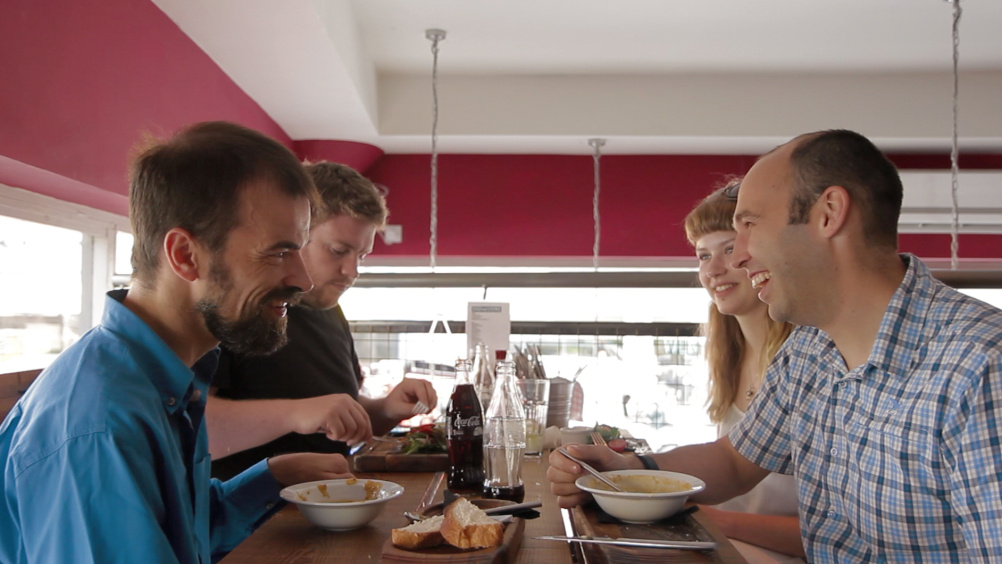
Whenever people started to talk about ‘making your millions’ or ‘you should patent that’ I always mentioned my idea, but time and time again nothing happened. Then, about a year ago, a friend at Church overheard my idea, thought about it for a few weeks and then asked me if she could pass it on to her friend, Robin, who is the director of 4c Design. Robin asked if they could take it on as a social project for their new intern, Mark. I couldn’t believe it; my ‘pie in the sky idea’ was actually being taken seriously.
So, the project began. Mark and Robin visited me in my flat, took photos and film footage of me attempting to eat sweetcorn (I was going to try soup, but didn’t want to have to redecorate!). Mark went away, did his own research and looked at what was feasible. He decided anything with mechanical buttons would be too cumbersome, so looked at ways of reducing spillage. Two days before Christmas I visited the 4c workshop and he gave me two prototypes of what is now the S’up Spoon. These prototypes have enabled me to have soup (on Boxing Day I had a whole bowl of soup without spilling a drop); my breakfast has changed from toast/crumpets to Weetabix; and I can enjoy a hassle-free Chinese with my friends. These are but a few ways that the S’up Spoon has changed my eating habits.
Realising the difference the spoon has made to me, the design team have decided to try to make it available to anyone who could benefit from it; we think it could help anyone who has unwanted hand/upper body movements including those with Parkinson’s disease, strokes, or those who have less control due to age.’





Can we buy the spoon?